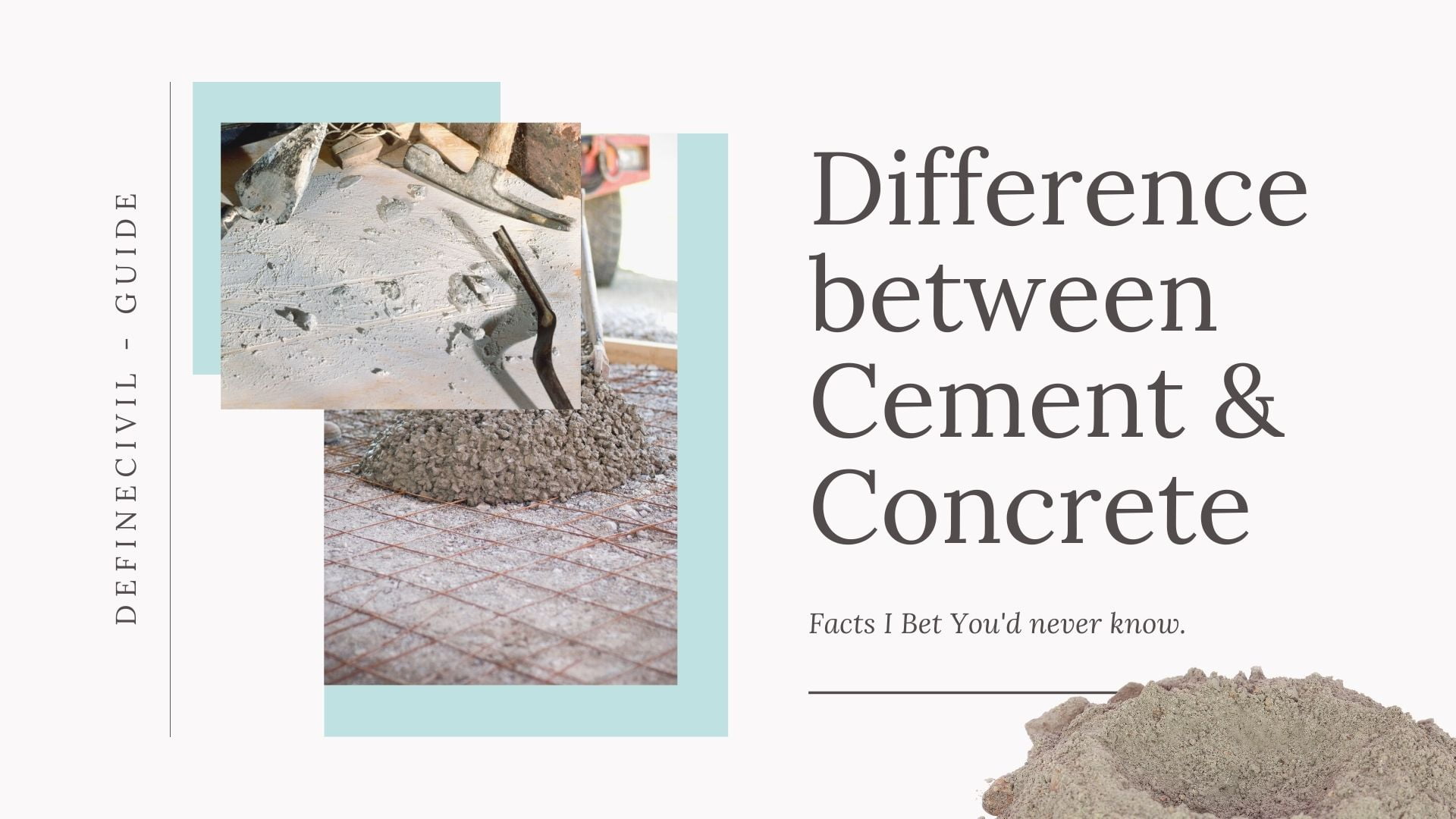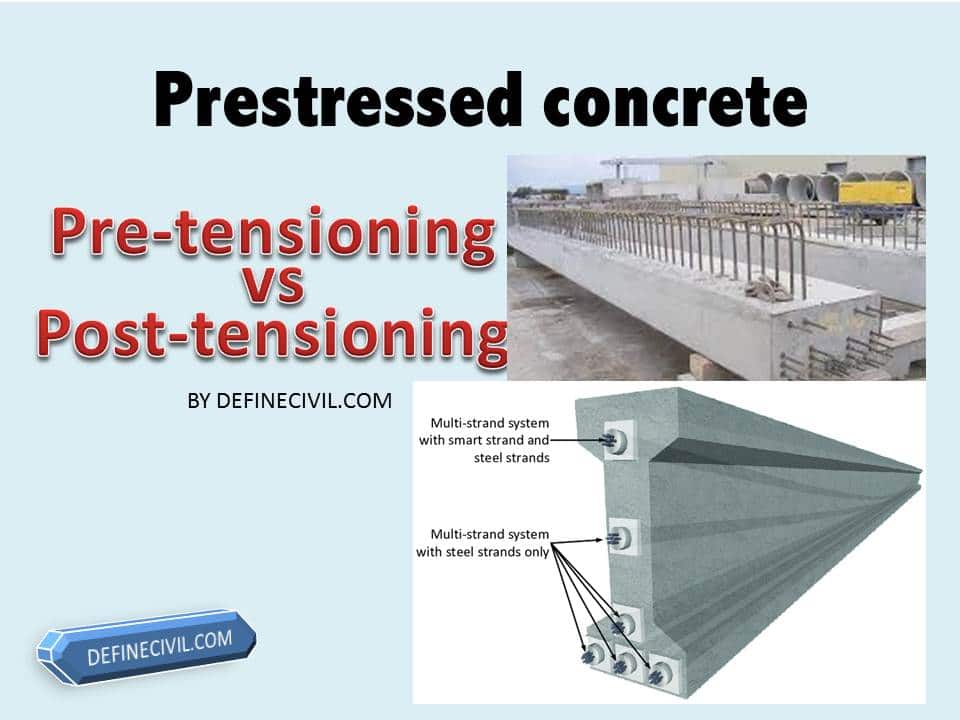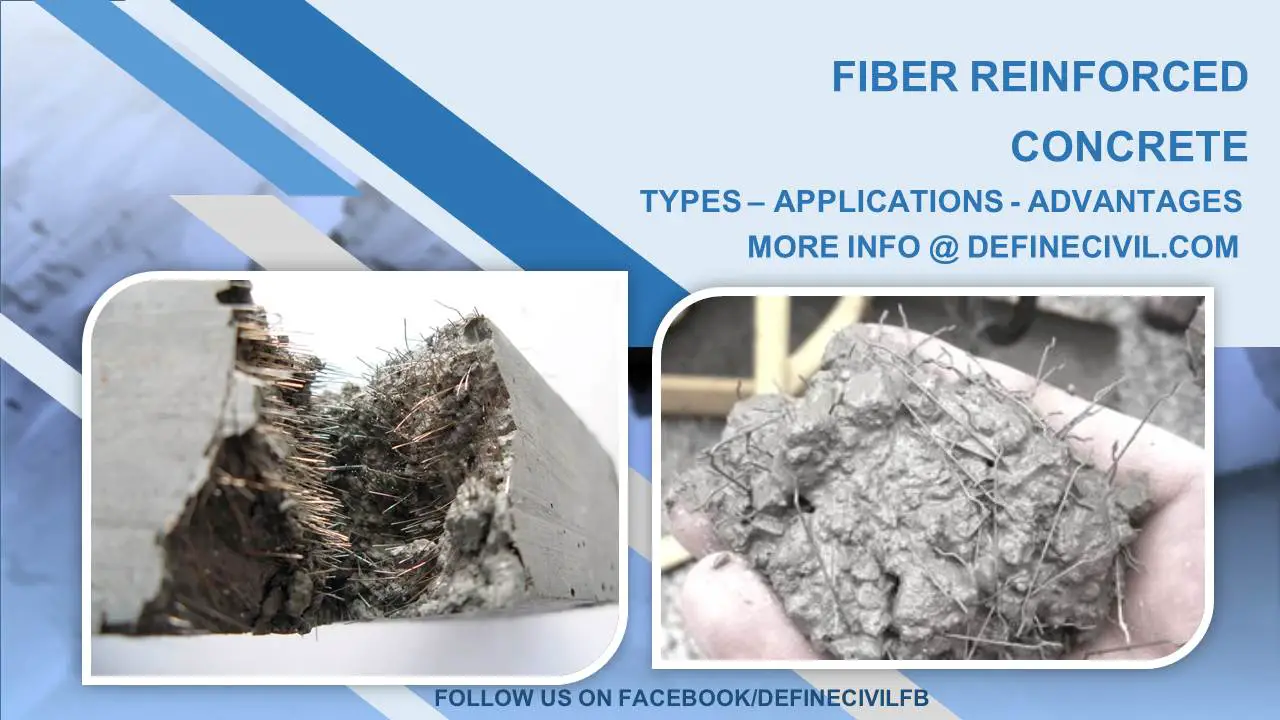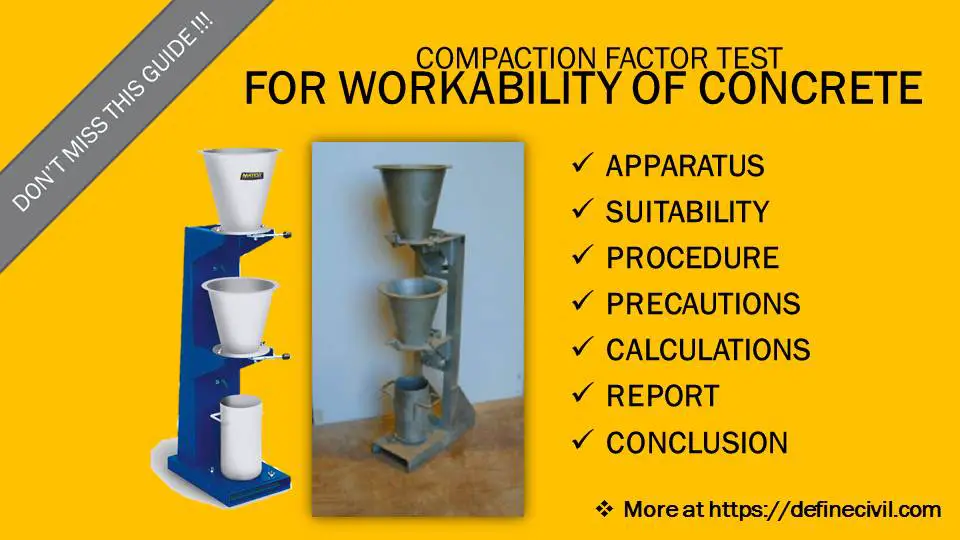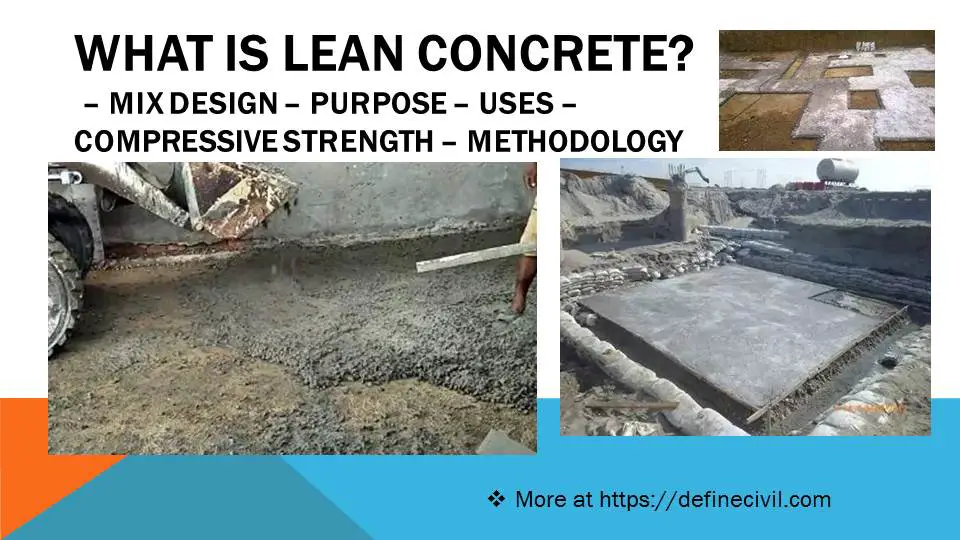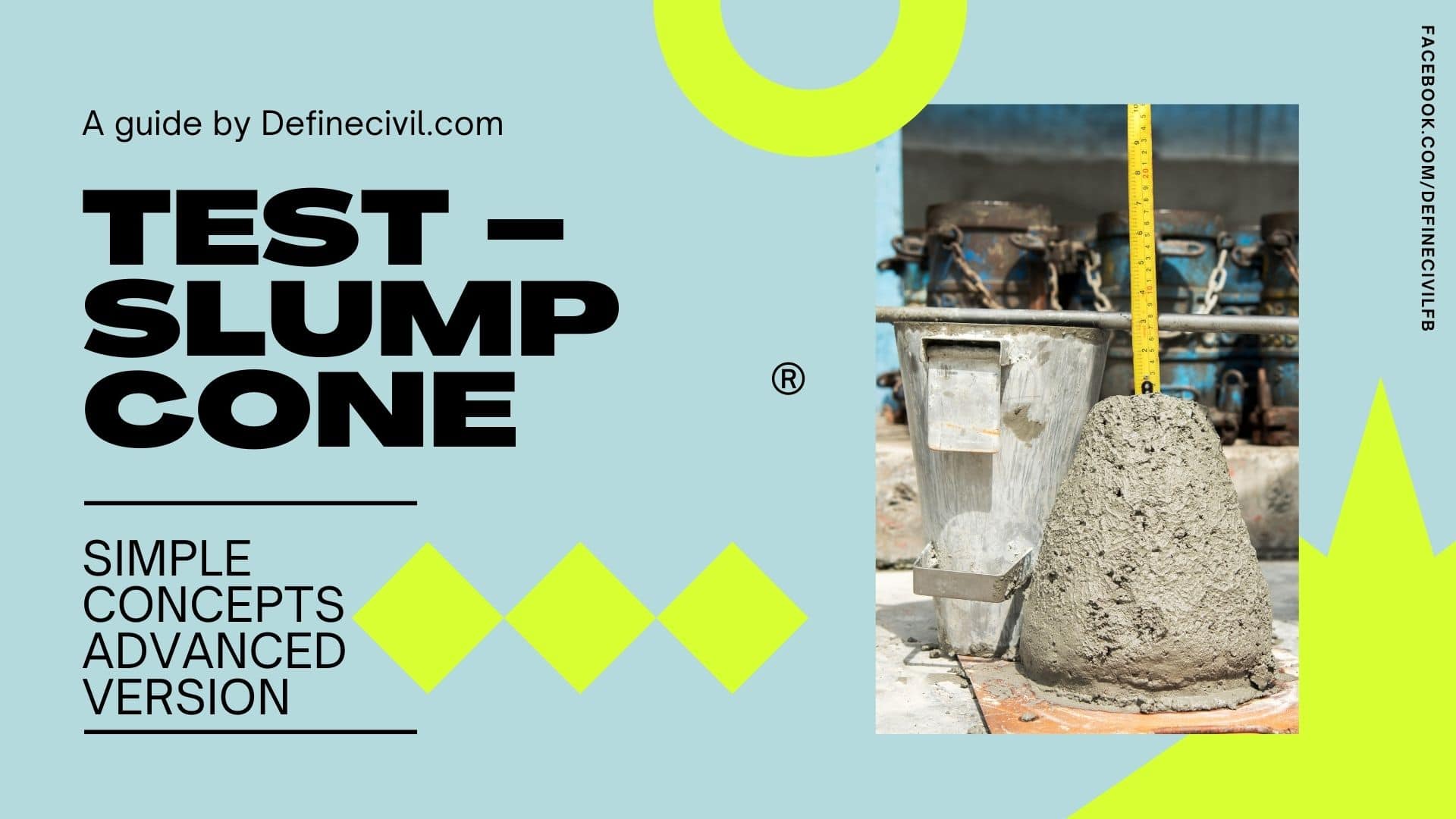Difference between Cement and Concrete or Mortar
As there’s a big difference between cement and concrete, you’re at times confused what to use. You want to fix an old stone wall or maybe a brick sidewalk, it’s easy right! Just go down to the Home Center pick up a bag of cement or is it concrete no wait maybe mortar. Well, many … Read more

